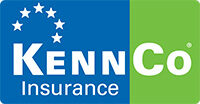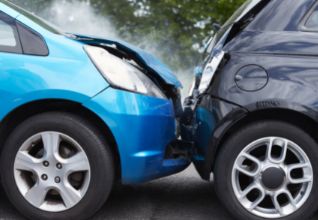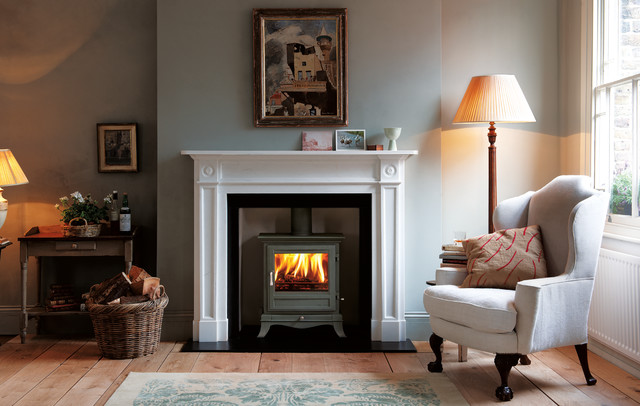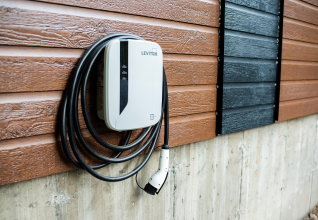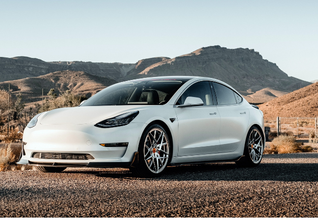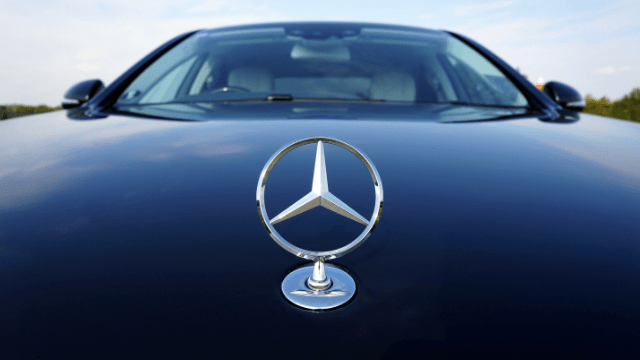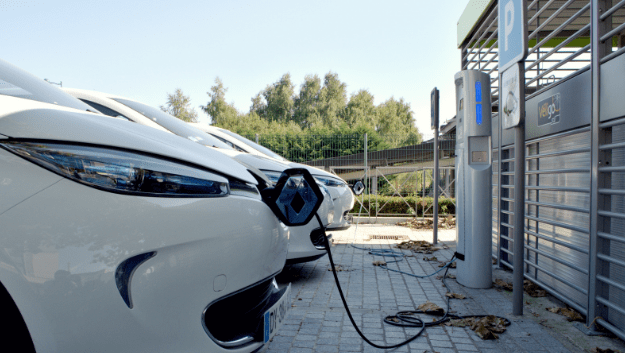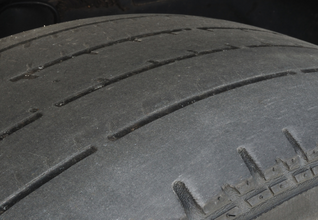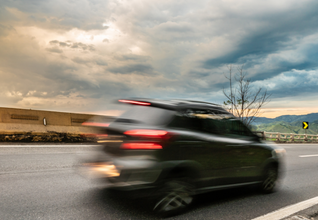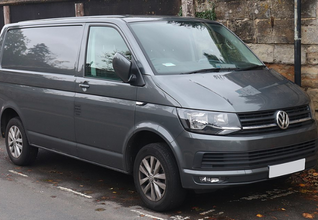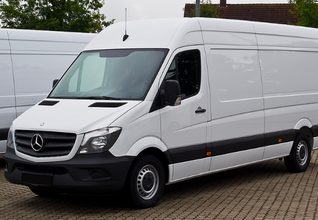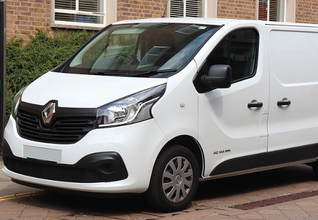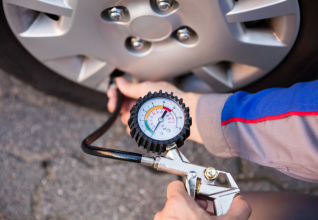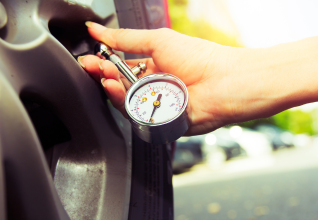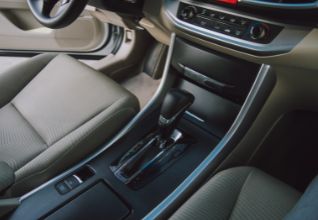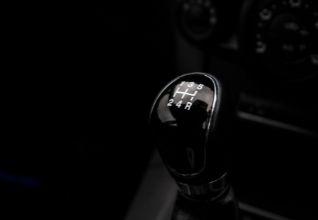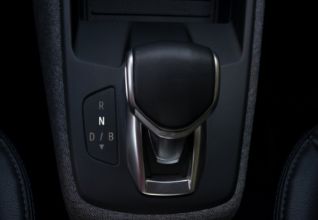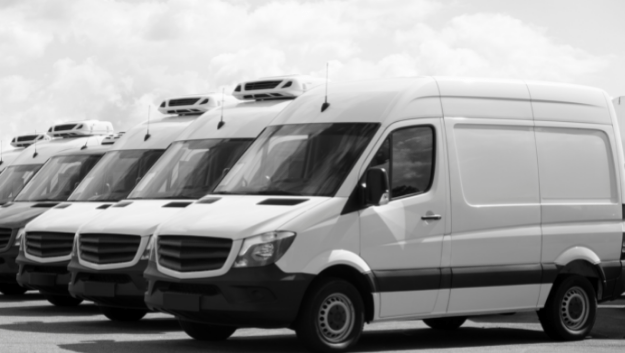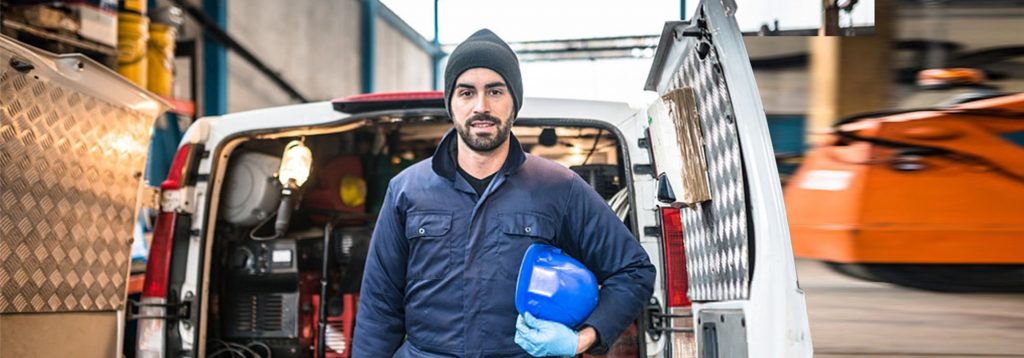Whether we’re commuting to work, making the school run, or just popping to the shops, we rely on our cars to get us from A to B. And, as a result, the importance of vehicle maintenance can sometimes take a back seat.
However, one simple aspect of car maintenance that should never be overlooked is tyre pressure. Driving on under-inflated tyres is a common oversight with research suggesting that less than half of drivers in Europe perform recommended monthly tyre pressure checks.
Driving on under-inflated tyres can have significant consequences, affecting not only the vehicle’s performance and safety but also the driver’s wallet and the environment.
Under-inflated Tyres: Impact on Vehicle Safety
Compromised Handling and Control
Under-inflated tyres are also more prone to blowouts. The lack of air pressure means the tyre’s structure cannot evenly support the vehicle’s weight, leading to excessive stress on the sidewalls.
As you drive, this stress causes heat to build up, significantly increasing the risk of a tyre bursting – a situation that can be both dangerous and frightening, particularly at high speeds on motorways.
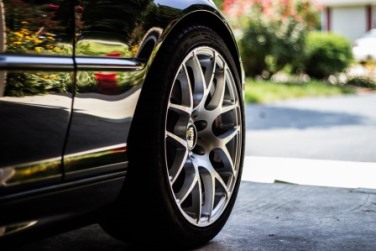
Increased Risk of Blowouts
Under-inflated tyres are also more prone to blowouts. The lack of air pressure means the tyre’s structure cannot evenly support the vehicle’s weight, leading to excessive stress on the sidewalls.
As you drive, this stress causes heat to build up, significantly increasing the risk of a tyre bursting – a situation that can be both dangerous and frightening, particularly at high speeds on motorways.
The Economic Costs
Reduced Fuel Efficiency
Did you know that tyres can account for 20-30% of your car’s fuel consumption.
Driving on under-inflated tyres can hit drivers where it hurts the most: their pockets. Tyres with insufficient air pressure have a higher rolling resistance, meaning the engine must work harder to move the vehicle forward.
This inefficiency leads to more fuel being consumed over the same distance, resulting in more frequent trips to the petrol station and more spending on petrol.
Tyre Wear and Replacement Costs
Another economic impact is the accelerated wear of under-inflated tyres. They tend to wear unevenly, with excessive wear on the edges, leading to a shorter tyre life. This not only necessitates more frequent tyre replacements but also compromises the vehicle’s safety and performance.
Regularly maintaining tyre pressure can extend their lifespan, ensuring better value for money and reducing the environmental impact of tyre disposal.
Environmental Impact
Increased Carbon Footprint
The environmental impact of driving on under-inflated tyres is often overlooked. The additional fuel consumption required to overcome increased rolling resistance translates into higher CO2 emissions. For a country committed to reducing its carbon footprint, ensuring tyres are correctly inflated is a simple yet effective way to contribute to environmental protection efforts.
Waste Reduction
Proper tyre maintenance also plays a crucial role in waste reduction. By extending the life of tyres and reducing the need for frequent replacements, we can significantly decrease the amount of tyre waste. This not only conserves resources but also reduces the environmental burden associated with tyre production and disposal.
Ensuring Proper Tyre Maintenance
Regular Checks
The key to avoiding the pitfalls of under-inflated tyres is regular maintenance. Drivers should check their tyre pressure at least once a month and before long journeys. Most petrol stations offer facilities to check and adjust tyre pressure, making this a convenient habit to adopt.
Investing in a Tyre Pressure Gauge
Owning a tyre pressure gauge can make regular checks easier and more accurate. These affordable tools are readily available and can provide drivers with the confidence that their tyres are always at the correct pressure.
Conclusion
The importance of maintaining the correct tyre pressure cannot be overstated. Driving on under-inflated tyres poses significant risks to safety, increases economic costs, and has a detrimental impact on the environment. By taking simple steps to ensure tyres are properly inflated, drivers can enjoy safer, more efficient journeys, save money, and contribute to environmental conservation.
For a fast, reliable car insurance quote, reach out to one of our trusted KennCo insurance advisors on 01 409 2600 today, or click here for a quick quote.
